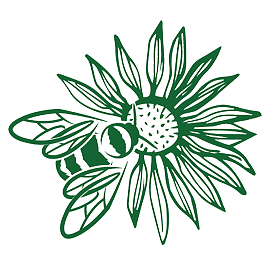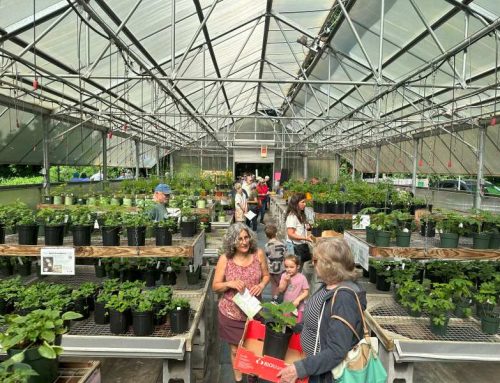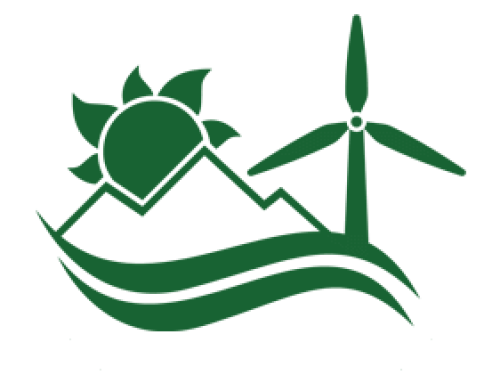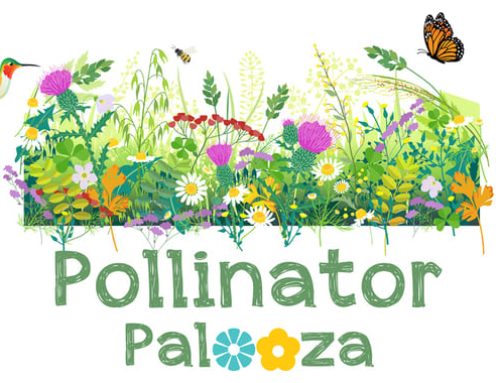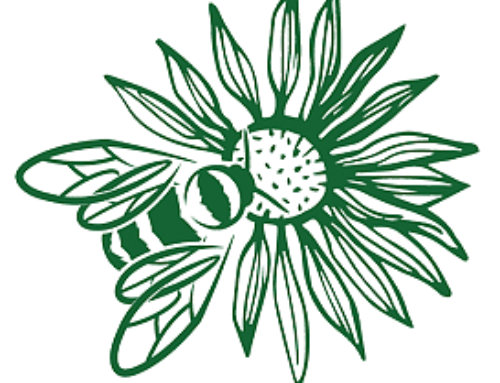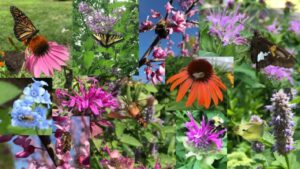
January is the perfect time to set aside your winter blues and work on your garden plan. As you rejoice in the gradual lengthening of the days after the solstice, accumulate garden catalogs, either in paper or online.
If you are new to pollinator gardening, the idea is to plant native species of flowering plants that will provide a continuing food source for insects and birds throughout the growing season. Pollinator gardens aim to support the food chain and bring life back to our yards. Local insects and birds need local host plants to survive. In planning your pollinator garden, keep the following principles in mind:
Use Native Plants, Not Cultivars or Exotics
Studies have shown that cultivars of native plants generally do not support insects as well as wild-type, or “straight native” plants. Cultivars are plants that have been selected or bred to enhance traits attractive to people, like size or color of flowers. Such traits are usually not equally attractive to wildlife, and manipulating the plant may diminish its nectar or pollen quality, or otherwise change its attractiveness to our native fauna. Exotic plants from other places did not co-evolve with our local insects and birds so are usually not a good food source for them.
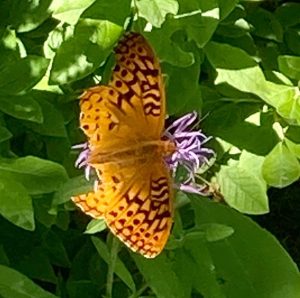 There are a number of nurseries that specialize in insect-friendly native plants whose catalogs are worth viewing online. We use a variety of seed and plant sources including Fedco Seeds, New Moon Nursery, North Creek Nurseries and Prairie Moon Nursery. There are others out there, so this list is not exhaustive.
There are a number of nurseries that specialize in insect-friendly native plants whose catalogs are worth viewing online. We use a variety of seed and plant sources including Fedco Seeds, New Moon Nursery, North Creek Nurseries and Prairie Moon Nursery. There are others out there, so this list is not exhaustive.
There are also several local growers who grow and sell native plants, including Jessecology, Wild Things Rescue Nursery, and Catskill Native Nursery.
Don’t Buy Plants Treated with Insecticides or Use Insecticides in Your Lawn or Garden
Most big box stores and commercial nurseries sell plants that have been treated with neonicotinoids or other insecticides. Neonicotinoids, sometimes called neonics, are a class of insecticides that are persistent in the plant and that are thought to be responsible for a large portion of the insect population decline we have seen in the last twenty years. You should never use them because they will kill the pollinators that come to your garden. Only buy nursery plants that are grown by organic growers or that come from reputable insecticide-free sources. Commercial nurseries sometimes offer plants that are “bee-friendly.” Ask for them.
That said, American Beauties is a company that sells insecticide-free plants that are widely available in commercial nurseries. If the nursery doesn’t treat the plant with insecticides itself, American Beauties plants are safe to use in your pollinator garden.
Plan Your Garden to Provide Adult Insects with Nectar and Pollen All Season Long
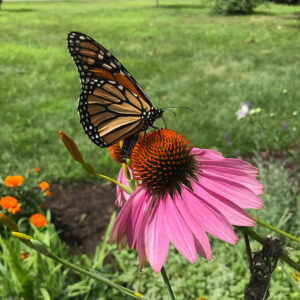 Depending on availability, we recommend planting a variety of perennial species and native trees and shrubs that flower over the entire growing season in order to provide a continual food source for pollinators from early spring to late autumn. Readily-available early pollinator plants include wild bluestem, columbine and wild indigo; mid-season plants include purple coneflowers, anise hyssop, Joe Pye weed, mountain mint, and wild bergamot; and late season plants include asters, goldenrod and blue lobelia. We also recommend planting native perennial and annual sunflowers, including Mexican sunflowers for the monarchs, on the north side of the garden. Use an assortment of low-growing annuals on the south side of the garden, including parsley, dill and fennel that are hosts to swallowtail butterflies. The garden can also include a large patch of common milkweed for monarch butterflies. And if you are going to plant trees or shrubs, remember to go native to support wildlife.
Depending on availability, we recommend planting a variety of perennial species and native trees and shrubs that flower over the entire growing season in order to provide a continual food source for pollinators from early spring to late autumn. Readily-available early pollinator plants include wild bluestem, columbine and wild indigo; mid-season plants include purple coneflowers, anise hyssop, Joe Pye weed, mountain mint, and wild bergamot; and late season plants include asters, goldenrod and blue lobelia. We also recommend planting native perennial and annual sunflowers, including Mexican sunflowers for the monarchs, on the north side of the garden. Use an assortment of low-growing annuals on the south side of the garden, including parsley, dill and fennel that are hosts to swallowtail butterflies. The garden can also include a large patch of common milkweed for monarch butterflies. And if you are going to plant trees or shrubs, remember to go native to support wildlife.
Plan a Caterpillar Garden
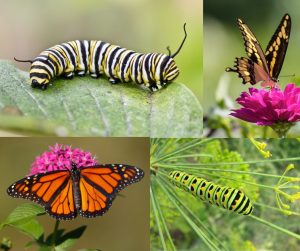 Although we tend to think about bees when we think about pollinators, bee larvae do not eat plants directly but eat food provided for them by their mothers. Butterflies, on the other hand, lay their eggs directly on a host plant, then the eggs hatch and the larvae eat the leaves, roots, stems or flowers of the host plants. If you want butterflies, you need to encourage and feed caterpillars. Common caterpillar herbaceous and woody host plants in this region include the following:
Although we tend to think about bees when we think about pollinators, bee larvae do not eat plants directly but eat food provided for them by their mothers. Butterflies, on the other hand, lay their eggs directly on a host plant, then the eggs hatch and the larvae eat the leaves, roots, stems or flowers of the host plants. If you want butterflies, you need to encourage and feed caterpillars. Common caterpillar herbaceous and woody host plants in this region include the following:

Host Plants for Butterfly Species Caterpillars
American Lady: Pearly Everlasting, Pussytoes
American Snout: Hackberry
Black Swallowtail: Parsley family – Queen Anne’s lace, yarrow, dill, carrots, parsley, parsnips
Comma: Elm, hops, nettles
Coral Hairstreak: Black cherry
Fritillary: species Violets
Monarch: Milkweed species
Mourning Cloak: Willow, birch, aspen, maple, elm
Painted Lady: Thistles, hollyhocks, burdock, daisy
Pearl Crescent: Aster
Red Admiral: Nettles, false nettle
Red Spotted Purple: Black cherry
Silver Spotted Skipper: Black locust, native wisteria
Sulphurs: Red clover
Spring Azure: Black cherry
Tawny Emperor: Hackberry
Tiger Swallowtail: Black cherry, aspen, birch
White Admiral: Birch, willow, poplar, native honeysuckle

For more more information on pollinator gardening, please check out the websites for the Xerces Society, Homegrown National Park, the US Fish and Wildlife Service, and Cornell Cooperative Extension.
And, check out our Pollinator pages for our recommendations and info.
